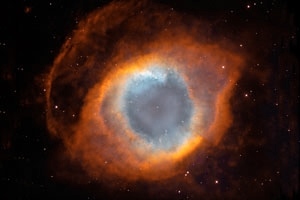You probably know about portrait photography but do you know how and where this photography started, that is, do you know the history of portrait photography. Let's talk about this history below.
Portrait photography has had a long and varied history since the beginning of the photographic process at Louis Dagu in 1839.
History of portrait photography
The focus of this course will be on photography and self-image in photography A picture is a self-portrait of a person taken by someone else while a self-portrait is a self-portrait.
The invention of photography can be attributed to Louis Daguerre, who first presented the idea in 1839 at the French Academy of Sciences.
Portrait studios began the following year These early studios were not an immediate hit, as most of the public was unsure of the new medium. To alleviate their fears, photographers tried to capture images of celebrities like Abraham Lincoln and Charles Dickens. Portrait photography has become a means to get images of loved ones or celebrities without directing any artist to paint a time-consuming painting.
Let’s now take a look at some of the reasons why images are starting to be widely used in photography.
1. Preservation of history
In addition to pictures of celebrities and family members, painting became a means of preserving the history of photography. Ninety-one U.S. delegates signed the Washington D.C. Convention in 1857 to secure agreements and trade agreements. They were photographed by Samuel Kohner and Julian Vanerson.
The Civil War broke out in 1861, and it included some of the first scenes of the battle scenes and the soldiers. It became popular to have pictures of loved ones so the people in front of the house could remember what their soldier Nick looked like when he was killed in battle.
2. Recording offenders
Portrait photography assisted Crime Branch in its investigation, especially with Alan Pinkerton's National Detective Agency. Think of them as a pre-FBI version of the FBI The organization began photographing criminals in 1870, making it the largest mugshot collection in the world.
3. Protecting the dead
In addition to commemorating life, pictures of the dead were also taken People wanted a way to remember their loved ones before they were buried because of the high mortality rate of people, especially children, in the Victorian era due to widespread disease. For this reason, as sick as we are now, you may have seen countless examples of post-mortem photos taken by dead relatives long ago.
We hope you find out more about the history of portrait photography, if you have any doubts or you can contact us for more information.







